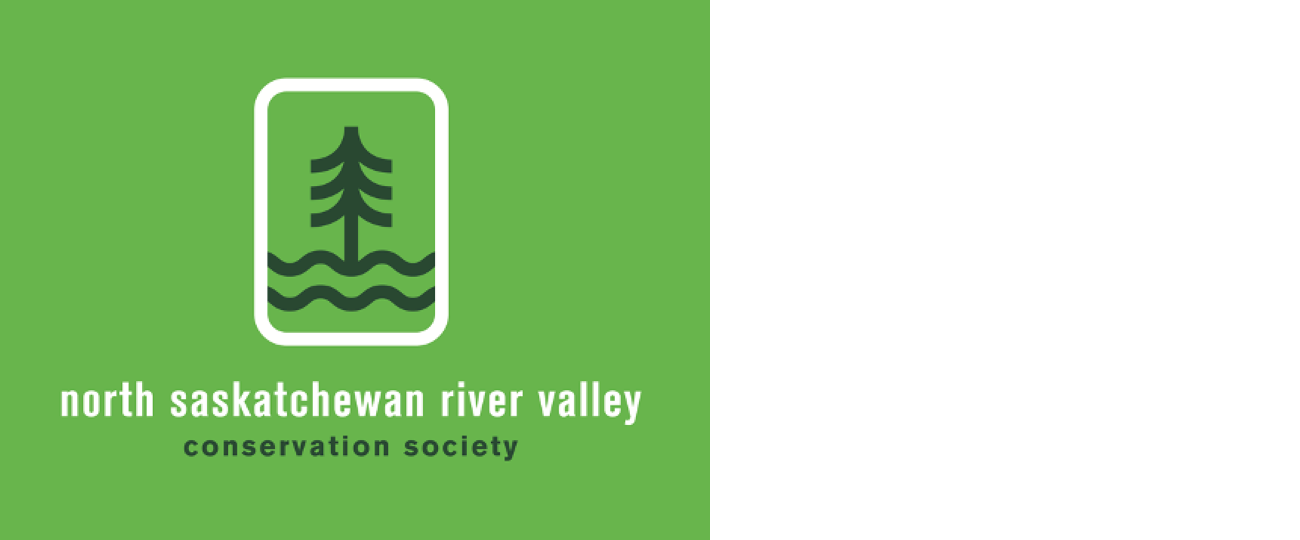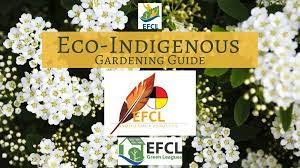How the City takes a bite out of mosquitoes
What do ponds, eavestroughs, bird baths and patio furniture have in common? According to Mike Jenkins, Pest Management Coordinator with the City of Edmonton, they’re all ground zero for one of summer’s biggest nuisances, the mosquito. The city and mosquito have a storied history.
Developed by researchers at the University of Alberta in 1974, the Mosquito Control Program was one of the first integrated programs in Canada. “Instead of targeting adult mosquitoes with clouds of DDT, researchers targeted the mosquito’s more vulnerable larval stage,” explains Jenkins.
In addition to biological controls, the pest management team is always looking for innovative ways to reduce pests. “You may have noticed an absence of mosquitoes wherever you see dragonflies or bats. This isn’t a coincidence. For example, the dragonfly is a mosquito-eating machine and can eat hundreds each day,” Jenkins explains.
The City’s plan to improve the populations of dragonflies and other mosquito predators includes preserving wetlands and increasing naturalization around Stormwater Management Facilities. Naturalization includes planting native trees and shrubs, and stopping mowing to allow native plants, birds, and other wildlife populations to re-establish themselves. More at https://transforming.edmonton.ca/how-the-city-takes-a-bite-out-of-mosquitoes-an-interview-with-pest-management-coordinator-mike-jenkins/
Eco-Indigenous gardening guide available for free
The Edmonton Federation of Community Leagues has published a gardening guide which provides information needed to plant traditional Indigenous medicines and foods in your home garden at home. It also informs how you can benefit from planting, harvesting, and incorporating these foods and medicines into your diet.
Many traditional Indigenous plant foods are similar to those available in the average supermarket today. These include root vegetables, green vegetables, fruits, wild berries, seeds, nuts, grains, and mushrooms. Indigenous people have also known about nutrients available in algae, lichens, flowers, and bark or inner bark of trees.
Ojibwe people believe that health and wellbeing of the body and mind are vital aspects of wellness and that the Earth, Nimaamaa Aki, provides all the foods and medicines required to be and stay well. Access the gardening guide at https://efcl.org/wp-content/uploads/2020/05/Sustainable-Indigenous-Gardening-Guide.pdf
Lessons from Canadian cities that cherish and protect greenspace
Canadian cities are losing greenspace, a Statistics Canada report shows. A study on urban greenness measured the amount of vegetation in Canada’s 31 most-populated areas. Researchers used satellite images to find how much green vegetation exists in cities.
Areas that appeared green in colour indicating vegetation concentration were classified “green.” The rest were classified “grey,” usually indicating urban development. Research shows an average of 6.6 per cent of the area of Canada’s 31 most-populated cities changed from green to grey from 2001 to 2021.
Winnipeg, Edmonton, Kelowna, Abbotsford, and Vancouver lost the largest proportion of greenspace over the years covered by the study. Edmonton had a 30.6% decrease in proportion of greenery. More at https://www.nationalobserver.com/2022/06/17/news/lessons-canadian-cities-cherish-and-protect-green-space
Best stairs in YEG’s river valley
Whether you like to run stairs, walk up them, or used them for great views, Edmonton’s river valley has a wide variety of stairs. Many of us have our favourite set of stairs, but the consensus is the following three stairs are a step above the rest.
Just off Fox Drive, Grandview Heights Stairs has the most steps, with 254 from top to bottom. While they are long, their grade is comparably gentle, making them good for beginners and endurance enthusiasts alike.
Wolf Willow Stairs, across from Fort Edmonton Park, will have you climbing roughly 200 steps. They are considered the steepest and most challenging stairs in the valley. Due to its downtown location, the 202 steps of the stairs near Royal Glenora Club may be most heavily used in the river valley.
The most frequently used steps of me and my dog are Highland Stairs. More at https://dailyhive.com/edmonton/best-places-to-run-stairs-edmonton
Lady Flower Gardens land conserved in perpetuity
Alan writes “Thanks for putting in the article about Lady Flower Gardens and the Jubilee and Evelyn's Conservation Lands. A number of us worked pretty hard to see that happen, with the creation of the Edmonton and Area Land Trust and all the lobbying and fundraising it took to convince the land trust to take it on. Not an easy ride, to say the least. But it's there now and that's a pretty special place.
Photo by Suzanne Cody
Comment or contribution
Please note that articles may not reflect the position of NSRVCS. River Valley News is meant to be a clearinghouse for the wide variety of opinions and ideas about Edmonton’s River Valley.
If you have a comment, concern, or question, contact us at nsrivervalley@gmail.com Please email us river valley photos or event information. Your friends, neighbours and colleagues can sign up for this newsletter on our web site https://www.edmontonrivervalley.org/
Sincerely yours,
Harvey Voogd
North Saskatchewan River Valley Conservation Society
780.691.1712

















